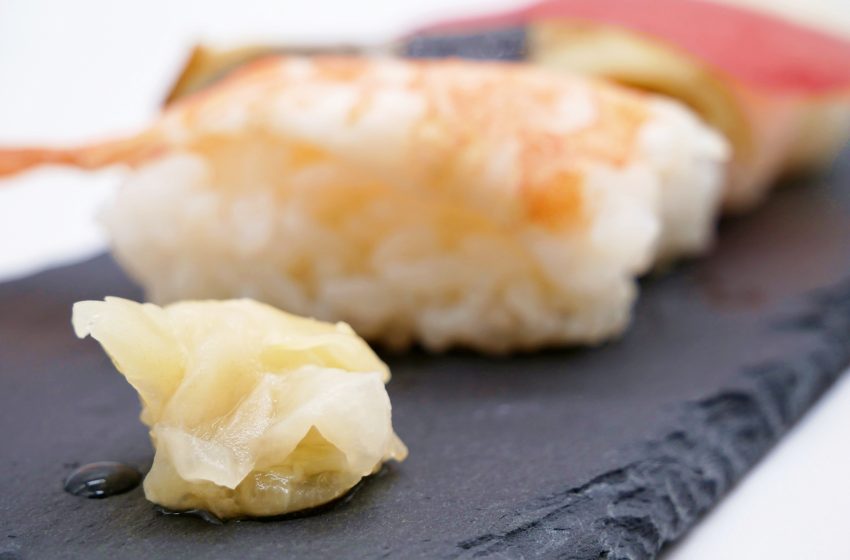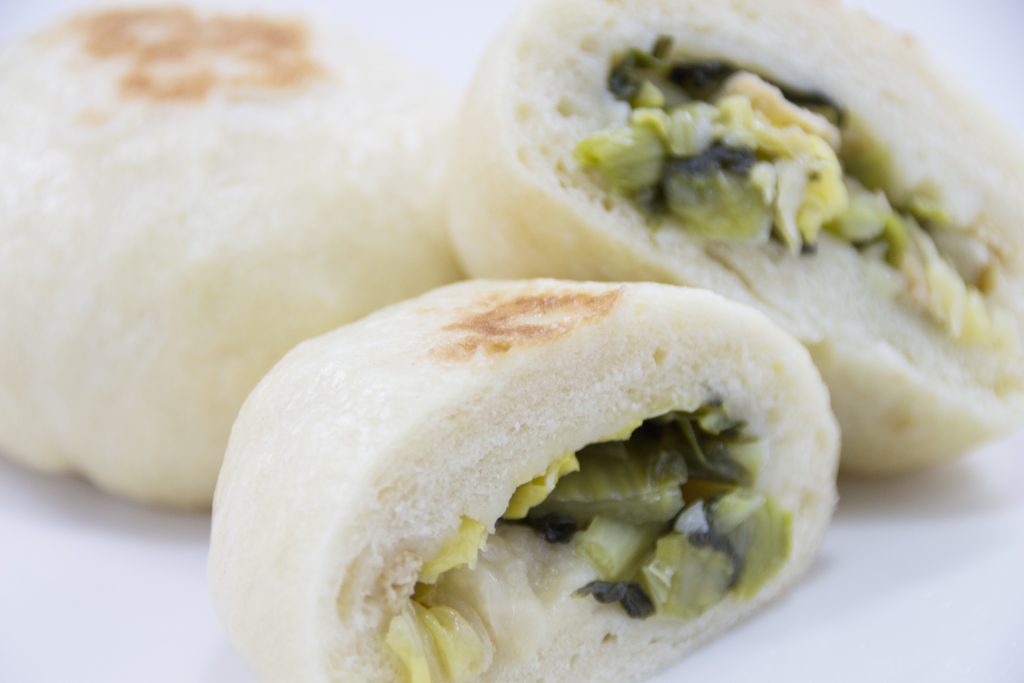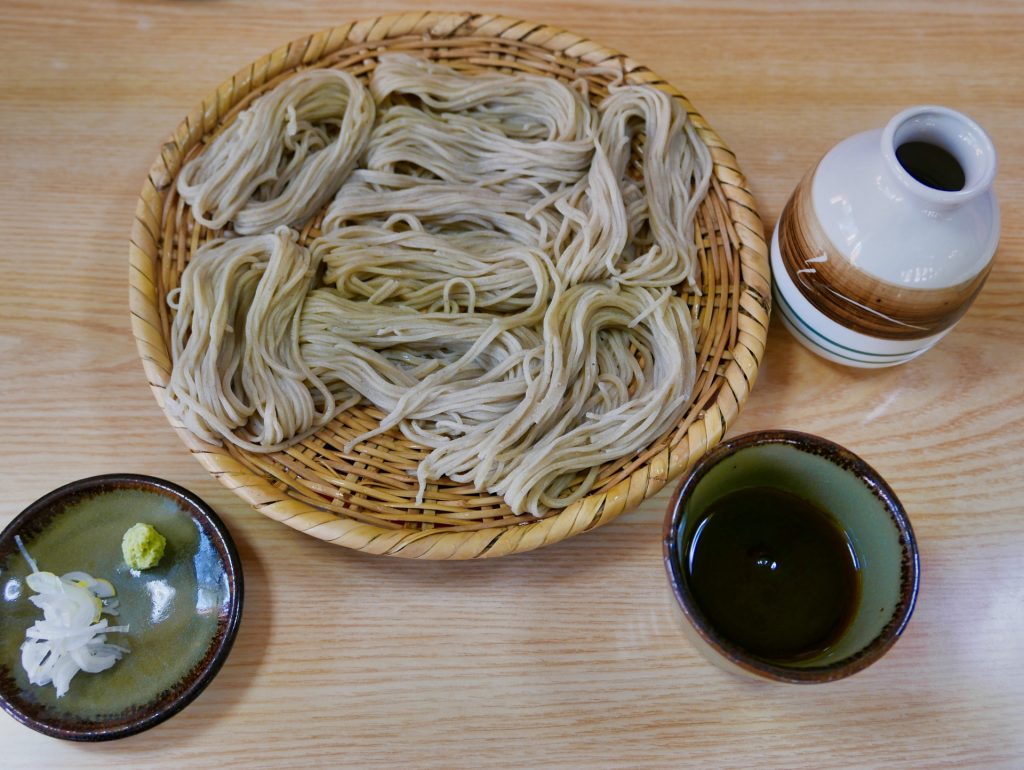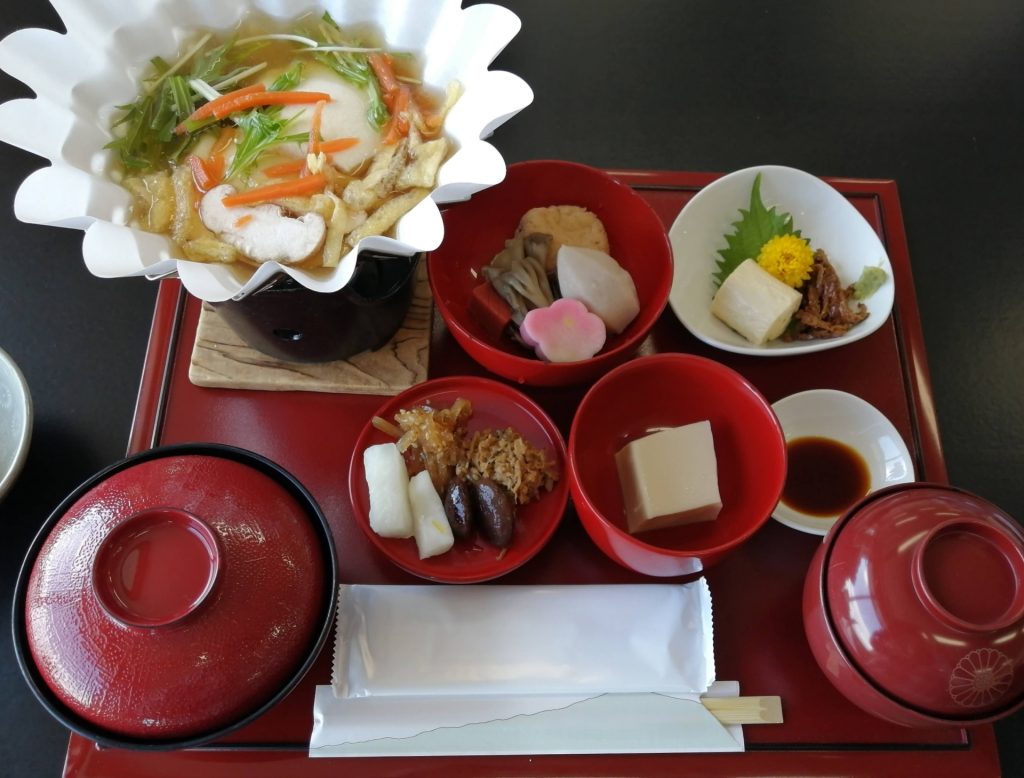
Gari: The Unsung Hero of the Sushi Experience
Welcome, sushi aficionados and curious foodies! Today, we turn our attention to a subtle yet indispensable component of the sushi dining experience—Gari, the pickled ginger that accompanies every sushi platter. Often overlooked in favor of its more prominent companions, Gari plays a crucial role in enhancing and elevating the sushi experience. Let’s dive into the world of Gari and discover why this pickled delight deserves a moment in the spotlight.
What is Gari?
Gari is thinly sliced young ginger that has been pickled in a mixture of sugar, salt, and vinegar. This results in a sweet, mildly spicy, and tangy condiment with a refreshing aftertaste. Its natural pink hue comes from the pickling process, although some varieties may have artificial coloring added to achieve a more vibrant color. Gari’s unique flavor and texture make it an essential palate cleanser in traditional Japanese sushi cuisine.
The Origins of Gari
The tradition of serving Gari with sushi can be traced back centuries in Japan. Originally, Gari was developed as a method to preserve ginger, but it quickly became valued for its health benefits and its ability to enhance the flavors of sushi. In a culinary culture that prizes subtle tastes and balance, Gari emerged as a perfect complement to sushi’s delicate flavors.
The Role of Gari in Sushi Dining
Gari serves multiple purposes in the context of a sushi meal:
- Palate Cleanser: The primary function of Gari is to cleanse the palate between different pieces of sushi, allowing diners to fully appreciate the unique taste of each fish without the flavors melding together.
- Digestive Aid: Ginger is known for its digestive properties, and consuming Gari between sushi pieces can aid in digestion and enhance overall dining comfort.
- Antimicrobial Properties: Ginger has natural antimicrobial properties, which historically helped mitigate the risk of consuming raw fish.
Enjoying Gari Correctly
To fully appreciate Gari, it should be consumed in small amounts between different types of sushi to reset your taste buds. It’s not intended to be eaten in the same bite as sushi or sashimi. Instead, enjoy a slice of Gari, savor its refreshing taste, and then proceed to the next piece of sushi. This ritual not only enhances the flavors but also aligns with the traditional sushi dining etiquette.
Making Gari at Home
While Gari is readily available in stores, making it at home is simple and allows for customization of sweetness and acidity. All you need is fresh young ginger, rice vinegar, sugar, and salt. After thinly slicing the ginger, it’s pickled in the vinegar solution and then left to marinate for a few days. Homemade Gari not only tastes fresher but also lacks the artificial coloring found in some commercial varieties.
Conclusion: A Tribute to Gari
Gari may be a small side dish, but its impact on the sushi experience is profound. As a palate cleanser, digestive aid, and a testament to the meticulous nature of Japanese cuisine, Gari is truly the unsung hero of sushi dining. So next time you’re enjoying a sushi meal, take a moment to appreciate the humble yet essential Gari, a delicacy that embodies the balance and harmony of flavors that sushi is renowned for.
Embrace the full sushi experience with Gari, and let this pickled ginger open your taste buds to the subtle nuances of one of Japan’s most iconic culinary traditions.




